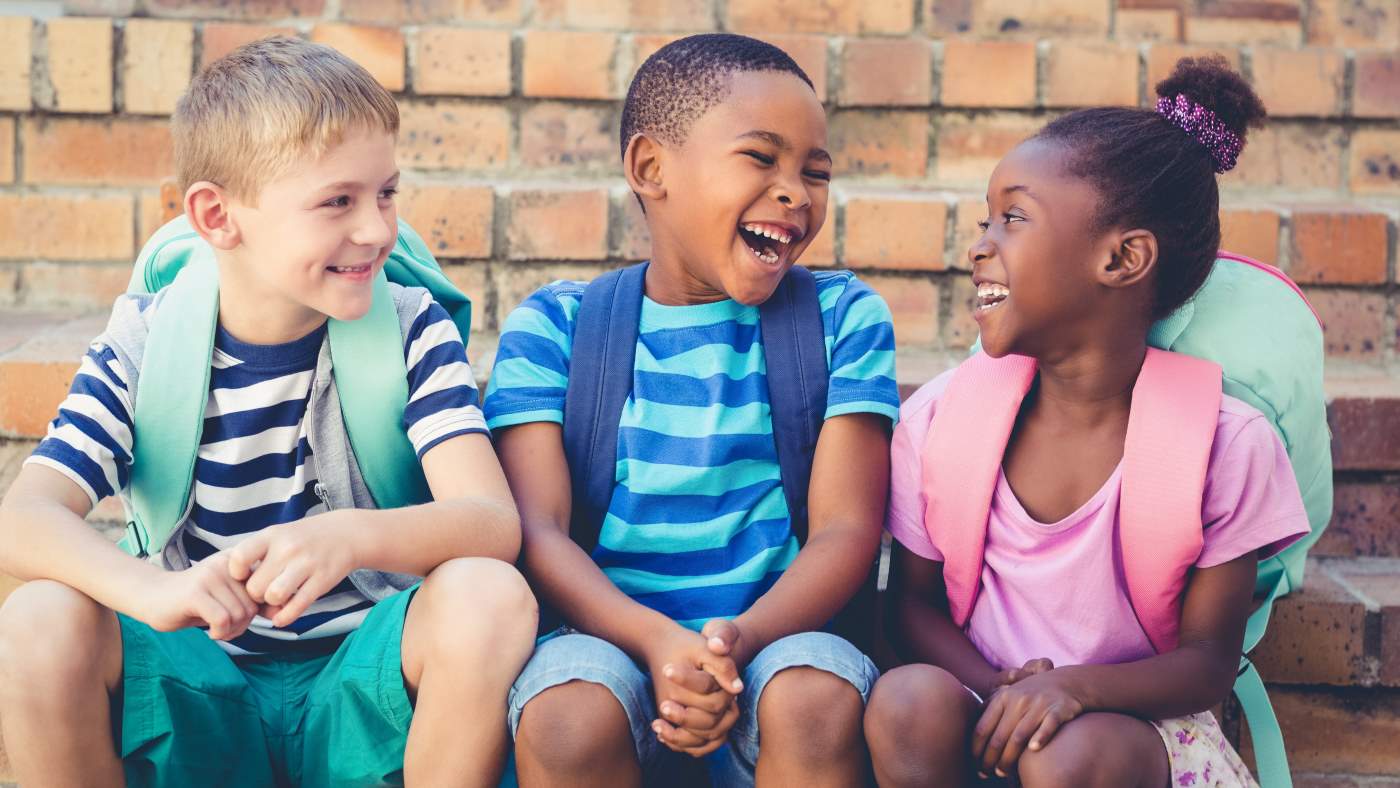How did my child’s humour develop?

Humour is a type of communication, a form of play, and it creates bonds with others as early as in the first months of life.
It probably wasn't long after your baby was born before they began to smile. They’ll have soon realised that smiles were met with more smiles, and that laughter was met with laughter; it's possible that your baby had fits of giggles, laughing uncontrollably at sounds and objects. These experiences supported the formation of neural connections in your baby's brain, and they began to learn that emotions can be reciprocated.
As your baby began to grow and make links with the world, they started to find lots of things fun and funny.
They may have giggled at being tickled, playing peek-a-boo, blowing raspberries, or when listening to songs and rhymes. The attachment to another person has now taken the development of humour up a notch.
Next, they might have discovered that things that are not quite right can be funny, like banging a drum with a spoon, or eating a pretend piece of cake with a hairbrush.
These steps helped your child learn about humour, and how the feelings that laughter creates make them feel warm inside.
While they were in their toddler years, you may have seen a sense of humour develop in their actions and play.
In this phase, it’s probable that they quickly, yet accidentally, discovered that some of the things they did made family members and peers giggle.
Your toddler may have used their voice to make you laugh, perhaps with a growl, or by making funny noises. They may have also discovered that putting something on their head made people laugh, so they repeated it over and over again. You may have seen them create wonderful expressions with their faces and then replicated them to create effect.
Another step in the development of your child’s humour could have been the misnaming of objects and actions. Sometimes they have a phase where they pretend that they don’t know what things are and repeatedly call things by the wrong name.
Your toddler was certainly starting to make sense of their world and beginning to make links between actions and humour.
Now they're older, the addition of language has boosted their ability to make people laugh.
Initially, being silly was most likely a tool they used to get giggles, saying made-up words and generally not making much sense.
Their voice has now become more powerful, and they use it to make different sounds in speech and to enhance their play. They may make their voice very high-pitched or very low when playing different roles – this will undoubtedly make any child laugh.
They usually quite enjoy nonsense humour, which is the act of being silly and laughing at everything; it’s often the unexpected that sets off the giggles.
You might find your child in rib-tickling laughter fits after hearing something like a shoe making fart noises when it hits the floor, or in fact anything related to toilet humour.
Nonsense actions can set them off too, like accidentally putting clothes on the wrong way round or even when they try to tell a story and that they find funny, and they can’t finish it for laughing.
All these experiences have helped shape your child’s understanding of humour and how to develop their own unique way of making others laugh.
Their voice is now the main tool in their humour. You may hear the beginning of jokes being told, silly stories or they may change the words to songs they know.
And it doesn’t end there – your child’s development of humour will continue as they start to grasp the concept of jokes and riddles.
Based on ‘The Playful Brain Development of Children's Humor’
by Paul McGhee, Ph.D., and author of Humor.